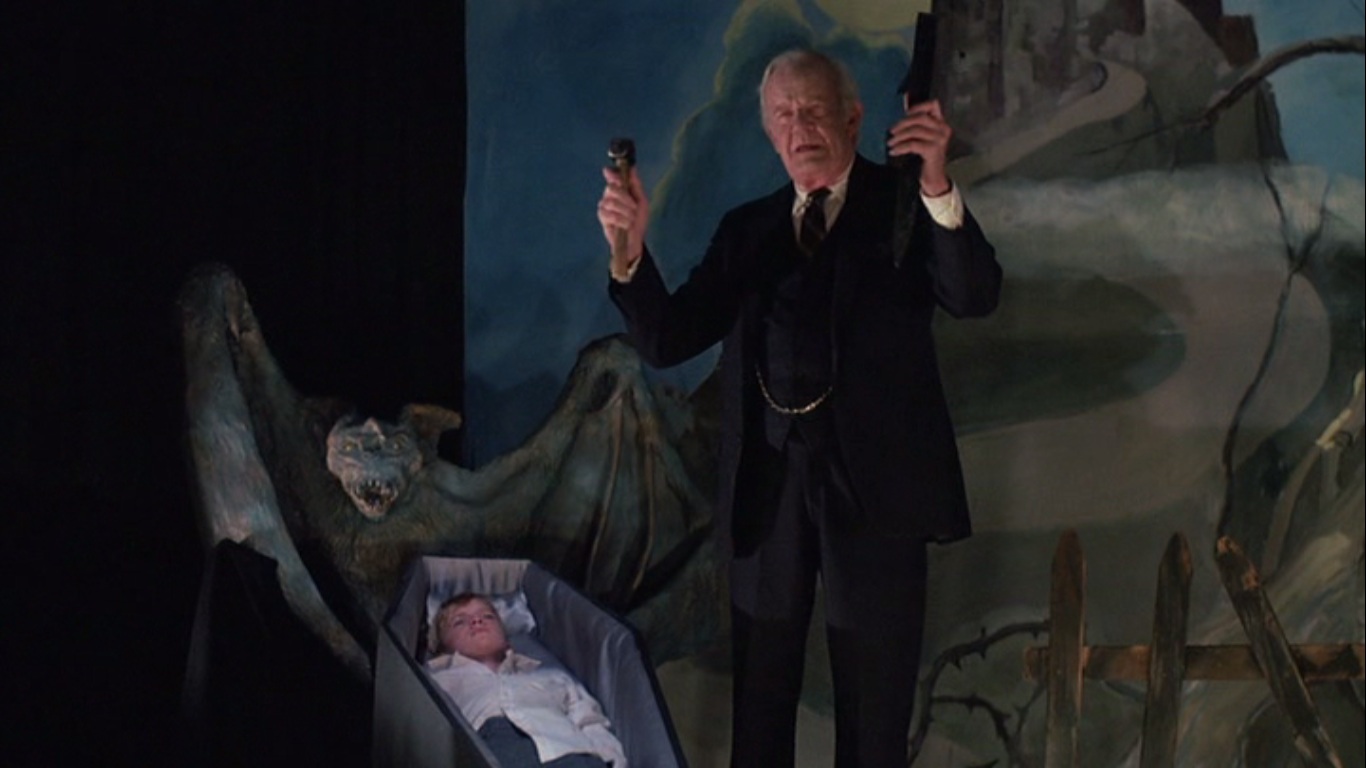The month’s half-over, but there’s plenty of time left for October horror. (Or so I reassure myself, as I watch my horror friends’ lists spiral into the dozens, as they report back from 24-hour scare-a-thons, and generally act like a bunch of goddamn lunatics with weird time-management skills and no regular jobs! Get a job, weirdos!)
Anyway, here are some reportbacks from our relatively modest horror intake, before we crawl back into the crypt and sequester ourselves from the light of the day.
Rick’s
 American Mary
American Mary
Setting a Fauxnenbergian feminist horror in the world of body modification surgery seems like such a brainy no-brainer that it’s curious there aren’t more films like American Mary.
And for most of its running time, the Soska Sisters gleefully showcase as many squirm-inducing tweaks to the flesh as they can manage, infusing American Mary with both splatter and philosophical considerations of the malleability, vulnerability, and desires of the flesh.
Why, then, do we need yet another sexual assault as character motivation? The film’s logic doesn’t demand it, and it feels obligatory, as most deployments of the trope are starting to feel. The fact that the writer/directors are women doesn’t blunt this much.
Still, American Mary works on the strength of its central conceit and a wonderfully mercurial lead performance from Katherine Isabelle.
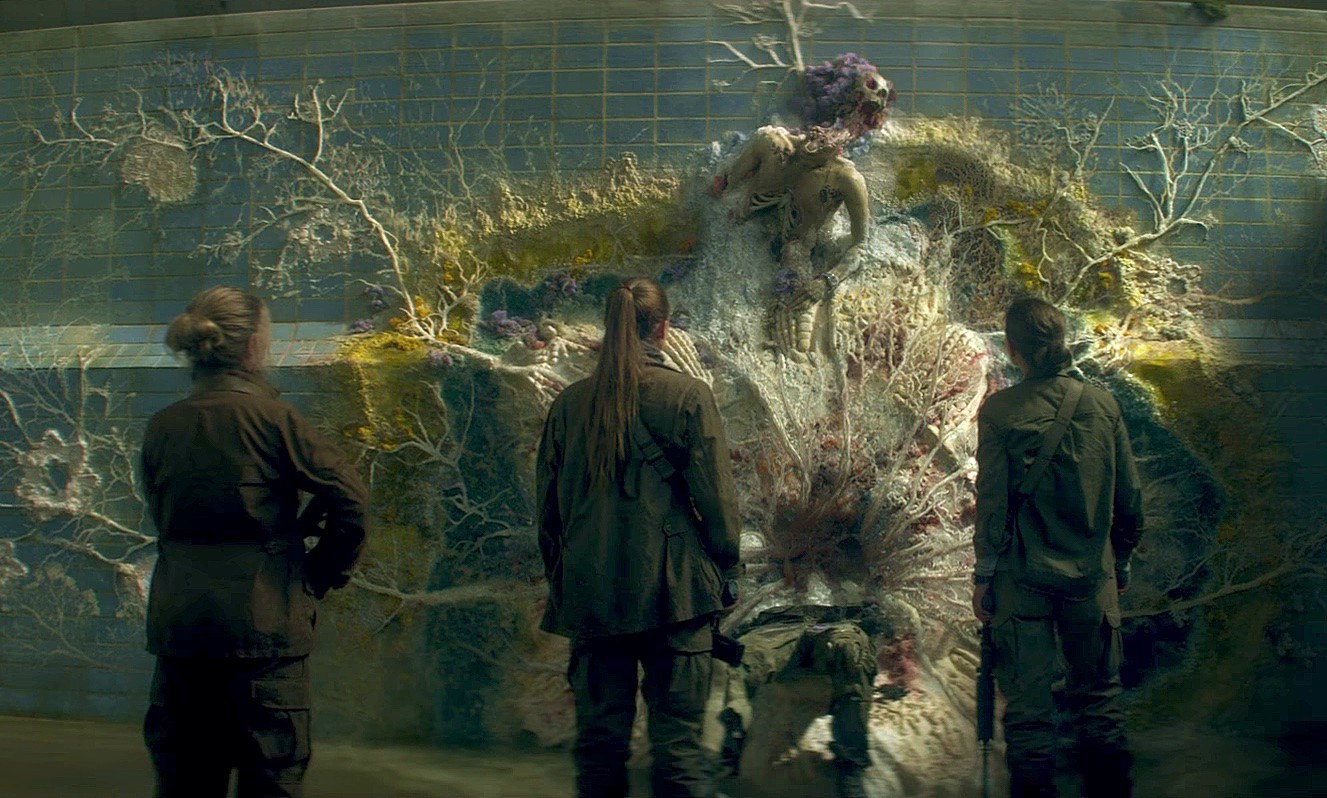 Annihilation
Annihilation
Finally caught up to one of the year’s more divisive genre movies – divisive, at least, among friends who thought the whole thing was a bit of an incoherent if intriguing mess and those who consider it another slept-on masterpiece from Alex Garland. (Probably also divisive in terms of whether it belongs on this horror list at all, but that’s another story. It has monsters, so we’re including it.)
Annihilation seems to me like a classic case of a film biting off more than it could chew. A terrific high-concept start gives way to an increasingly frightening second act, and then to a disappointing non-resolution that lands with a thud. I’ve never read the source material, so perhaps things are more gracefully unraveled on the page, or maybe Garland should’ve adapted it as a multi-installment mini-series or something.
As it is, there just doesn’t feel like enough time to get to know the characters (all well-played by the mostly female cast) who’ve signed up for a likely death investigating a “shimmer” that’s swallowing the world, much less wrap your head around the ideas. The film can’t pull off its own ambitions, but it’s fun to watch it try.
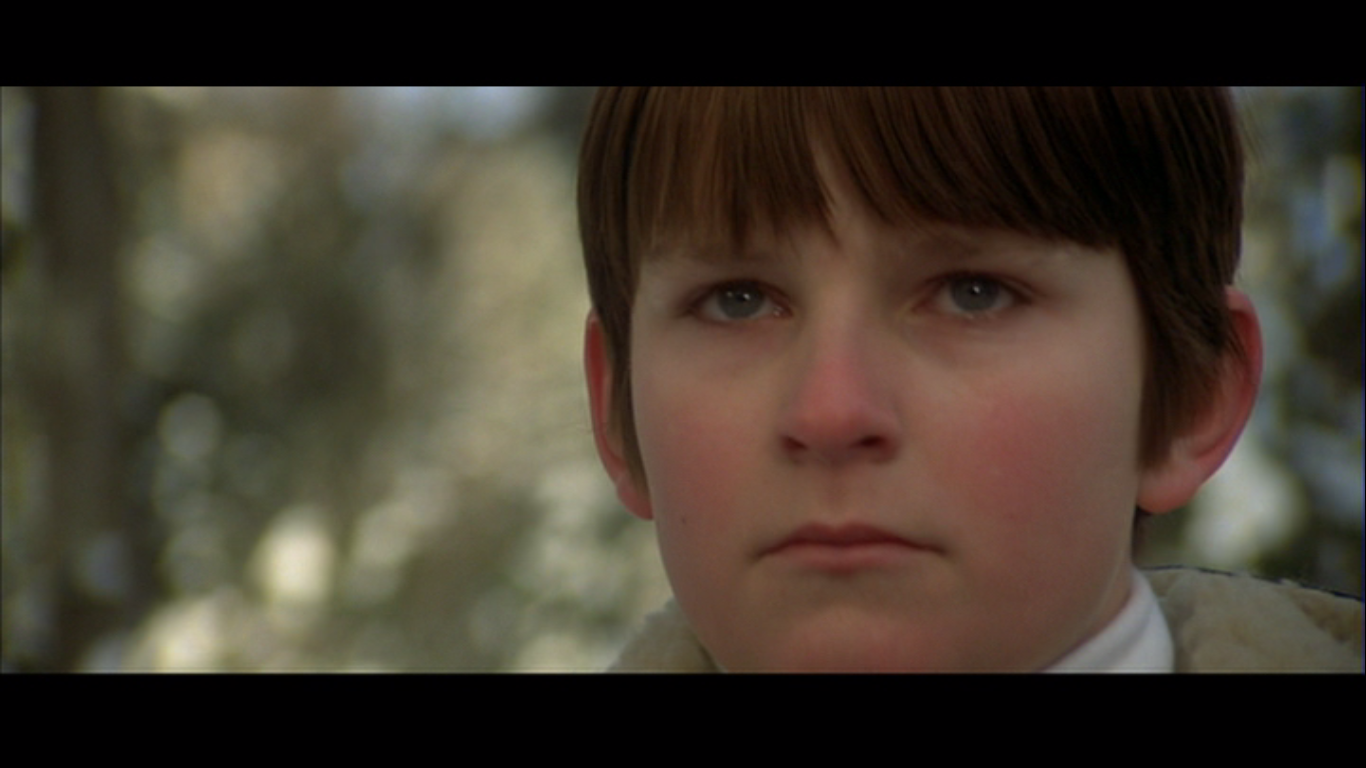 Damien: Omen II
Damien: Omen II
Middle school is hell!
This is the takeaway from the oddly reserved second installment in the franchise, in which the Antichrist goes to a military academy and kills people with a bird.
William Holden replaces Gregory Peck and Lee Remick is swapped out for Lee Grant in her peak B-horror years, but this is Damien’s show, and it’s hard not to feel for Jonathan Scott-Taylor. He isn’t given much to work with and is, in a perhaps related development, bad.
This inadvertently ups the pathos, though, since middle school is already awkward. It’s kind of nice to know that’s true even for the Devil.
 Isle of the Dead
Isle of the Dead
The film that started the vorvolaka craze, when vorvolakas began appearing in all of your favorite films, radio serials, and breakfast cereals. Famously, when four of the vorvolakas boarded Pan Am flight 101 and left London Airport early on 7 February 1964, bound for New York City, they were swarmed by thousands of adoring fans and kicked off the Vorvolaka Invasion.
Wait, that was the Beatles. The vorvolaka is actually a ghostly fixture of Greek mythology, and Isle of the Dead is probably the only vorvolaka movie, and therefore the best.
A lesser-loved Val Lewton RKO production, directed by The Seventh Victim‘s Mark Robson and starring Boris Karloff, Isle of the Dead is spooky in a “foggy isolated island” way and really quite fun, if resolutely downbeat.
Karloff is a merciless general introduced casually ordering a subordinate to kill himself for being late, alerting us to his by-the-books approach to being terrible and also his fascist lunacy. Robson fills the frame full of mouldering wartime corpses and images riffing off the famous metaphysical horror of the Arnold Böcklin paintings that give the film its title. A science vs. mysticism debate fuels much of its subtext, but Isle of the Dead seems way more interested in piling on the fog machines than any high-minded clearing of the air.
That’s good: Lewton movies always work best when they just lurk.
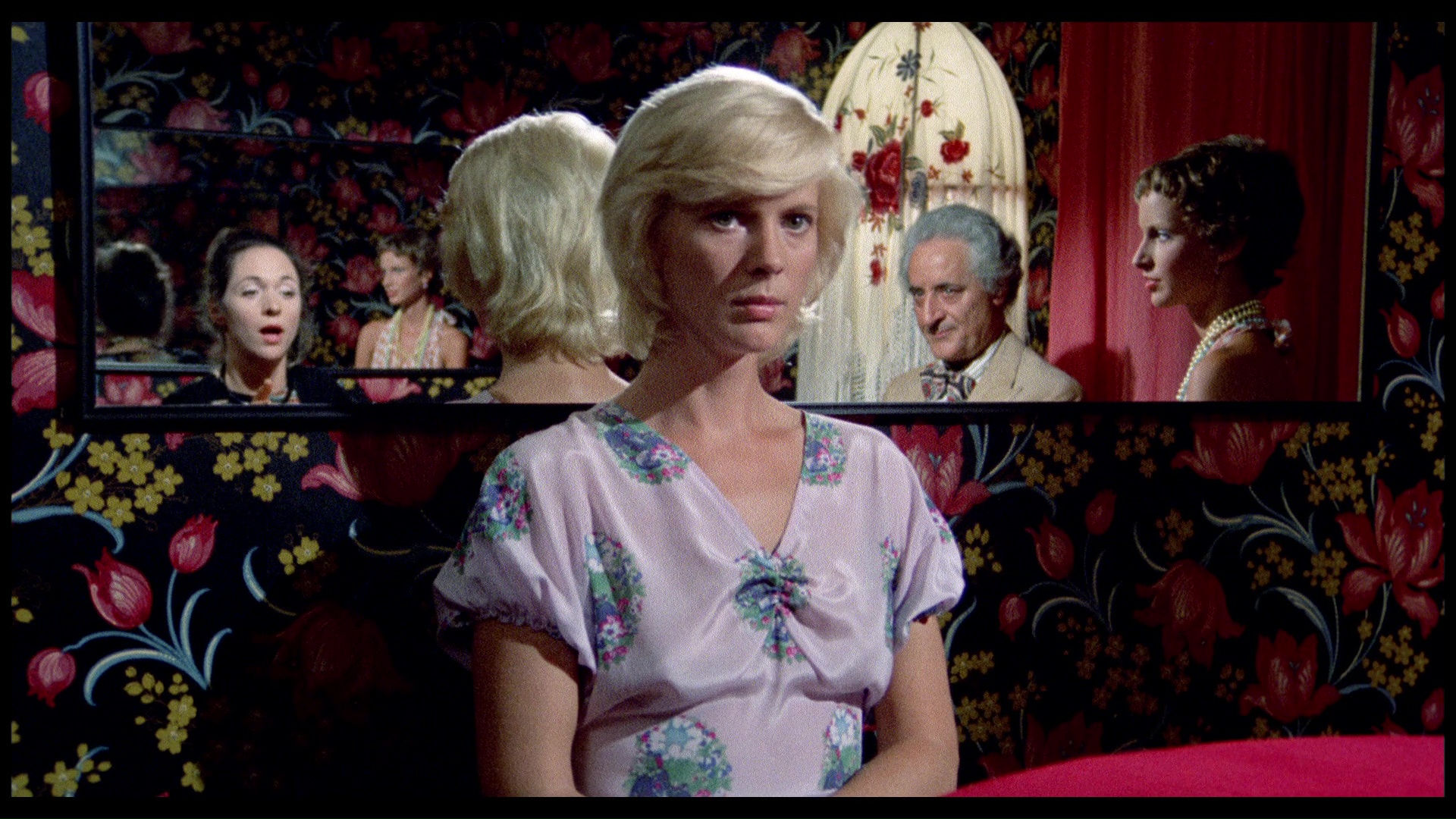 The Perfume of the Lady in Black
The Perfume of the Lady in Black
Half oneiric giallo and half Rosemary’s Baby Satanic cabal riff – rounded out with some Repulsion angst and a female revenge narrative (I think) – Francesco Barillo‘s inscrutable whatsit is hypnotic and kind of confounding.
Mimsy Farmer plays the lead, an industrial scientist plagued by hallucinations and childhood trauma. The film aims to destabilize: reality and vision, act and memory. Enormous splashes of color abound, as you’d expect/hope, but just as often, there’s a darker, grimier palette, and then an entirely different feeling of candy-colored soap opera. And that’s all before the killing even starts.
It’s a dreamy, unsettling affair, as overstuffed as its Italian horror calling-card title. And even if it doesn’t make too much sense, at least there’s no gratuitous rape sce…. Oh, there it is. Goddammit.
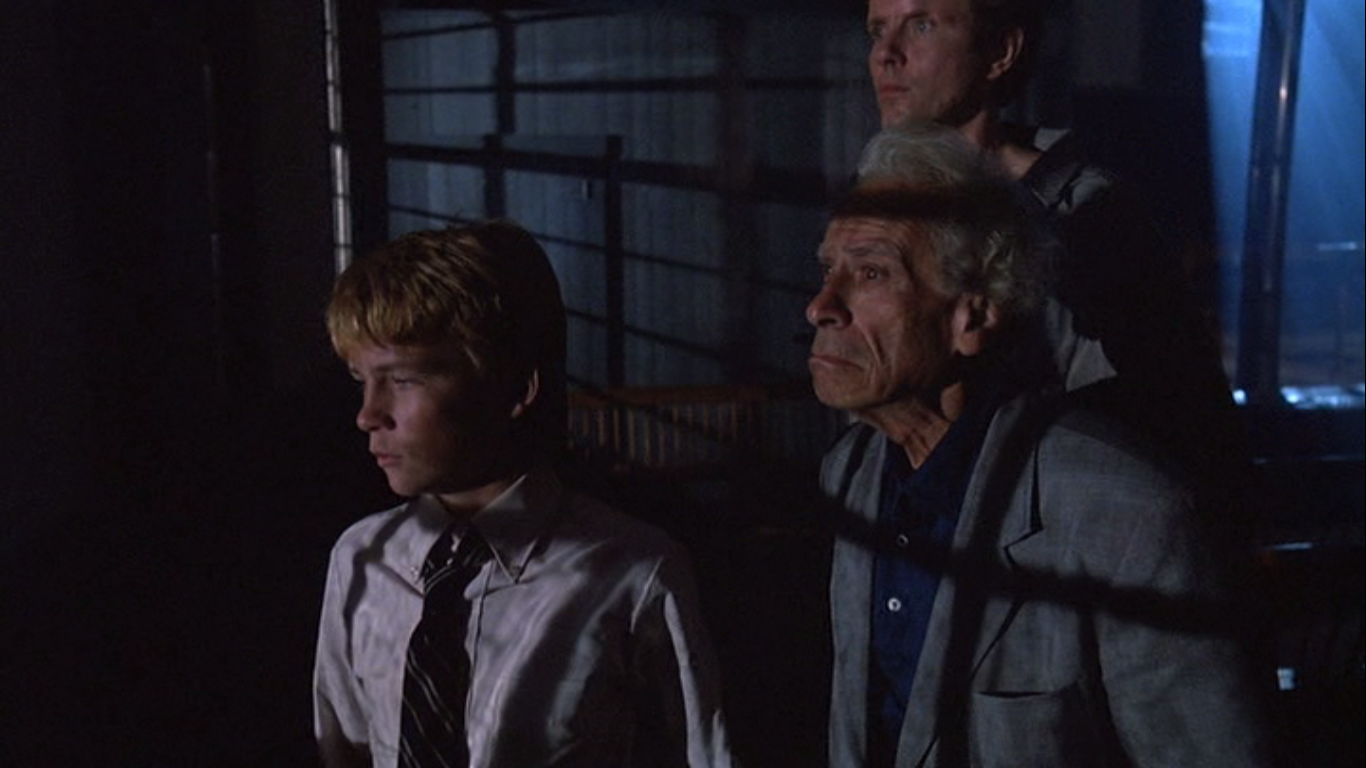 A Return to Salem’s Lot
A Return to Salem’s Lot
It turns out that Stephen King as processed by Larry Cohen looks nothing like Stephen King and very much like a Larry Cohen movie.
This “sequel” has hilariously little to do with its predecessor, a potential bug that becomes more and more of a charming feature as the madness mounts. A Return to Salem’s Lot features, oh let’s see:
- Vampires who have evolved to feed off non-human animals, except on special occasions (kind of like reverse Michael Pollans)
- A vampire/human coupling in which the human is really the one doing something creepy, which is not something you see every day
- A resultant vampire/human pregnancy, which I wasn’t aware was a possible danger
- An entire vampire/human caste system that is briefly alluded to and then seemingly forgotten
- A hugely dickish Michael Moriarty introduced shooting a mondo movie and then being forced to raise a child, badly
- That child falling in love with Tara Reid
- A cigar-chomping Sam Fuller as a Nazi-hunter who pivots on a dime to hunting vampires instead, while still never missing a chance to bad-mouth Nazis and wistfully reminisce about killing them.
So this movie is great.
Liz’s
I used Pieces to introduce a couple of friends to the giallo, and I think it might be the perfect film for that purpose.
 It really hammers home the alternate history feel of the whole genre: “What if all horror movies, instead of copying Halloween, copied Psycho instead?” There is the slashing (pretty grisly, as far as tempura paint goes), but also a complex and pointless cop drama (the murders are happening on a college campus; for some reason, one of the students is asked by the cops to help) and an undercover cop/international tennis champ angle. Plus, it has two different fake-out freeze-frame endings, both of which are classics of the form.
It really hammers home the alternate history feel of the whole genre: “What if all horror movies, instead of copying Halloween, copied Psycho instead?” There is the slashing (pretty grisly, as far as tempura paint goes), but also a complex and pointless cop drama (the murders are happening on a college campus; for some reason, one of the students is asked by the cops to help) and an undercover cop/international tennis champ angle. Plus, it has two different fake-out freeze-frame endings, both of which are classics of the form.
(I also watched Tenebrae, another giallo. Not much to say but that it’s great, and that it has John Saxon headbanging to prove his fedora won’t come off. If that’s not a gif, the gif is dead.)

